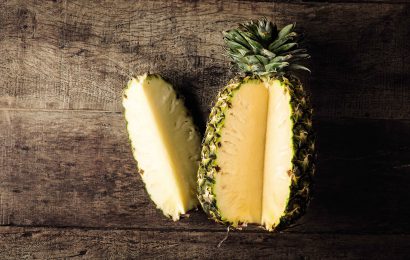Spondias tuberosa Arruda
A relative of yellow mombim, jew(ish) plum and hog plum, Brazil plum comes from a hardy tree that survives even the adverse, desert-like conditions of Northeast Caatinga, where it originated. The plant’s roots store water for the dry season – hence the names in Portuguese, umbu, ambu and imbu, meaning “tree that provides drinking water” in Tupi-Guarani. Refreshing and juicy, the sweet-and-sour pulp, of greenish white color, is surrounded by a smooth skin, sometimes slightly fuzzy, with yellowish-green tones when the fruit is ripe. It is the main ingredient for a traditional and ubiquitous recipe in the Northeast, the Umbuzada: the fruit is cooked with milk and sugar and then processed in the blender. The fruit should not be confused with the umbu(or ombú) from Rio Grande do Sul, whose scientific name is Phytolacca dioica L.



